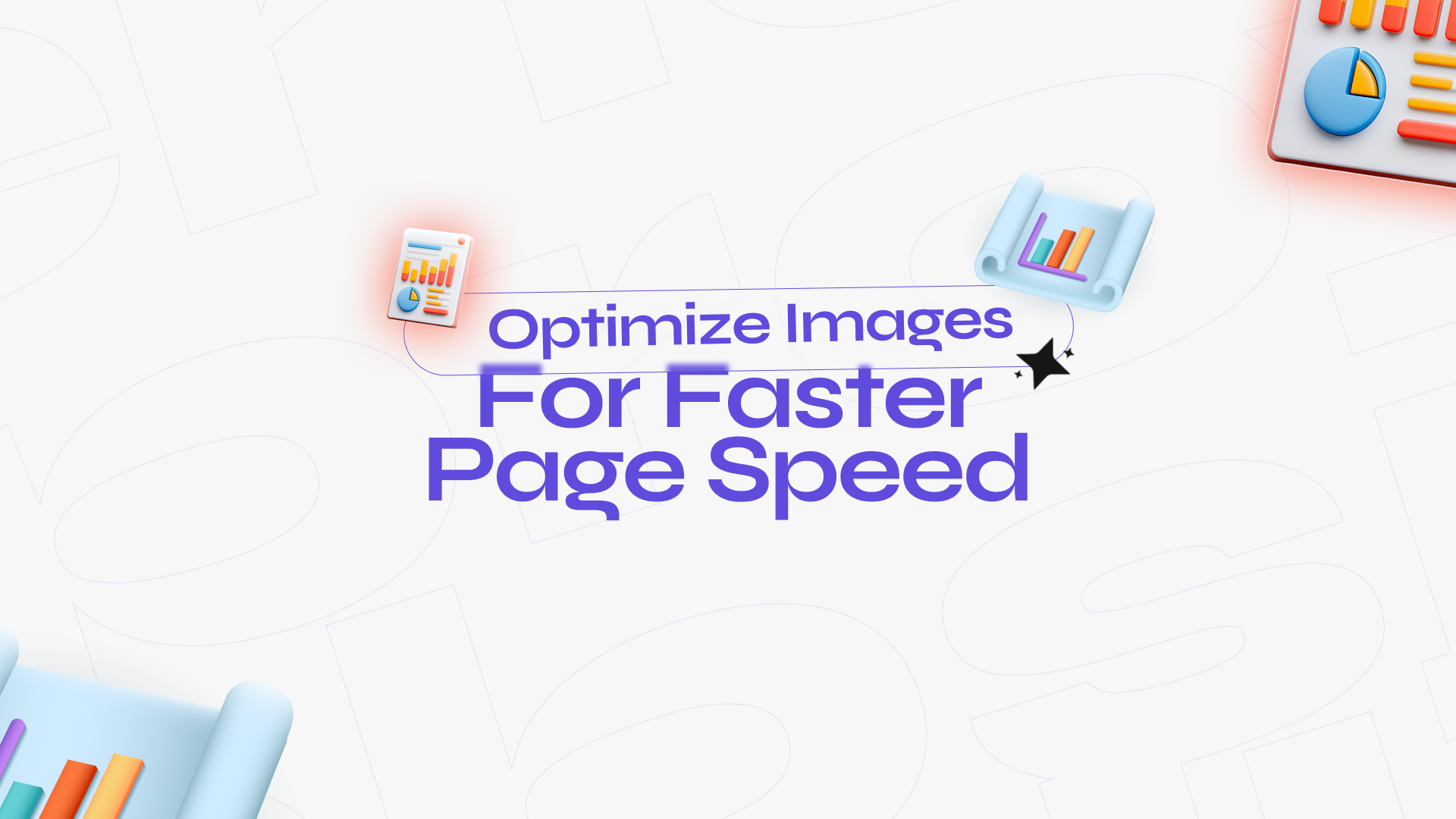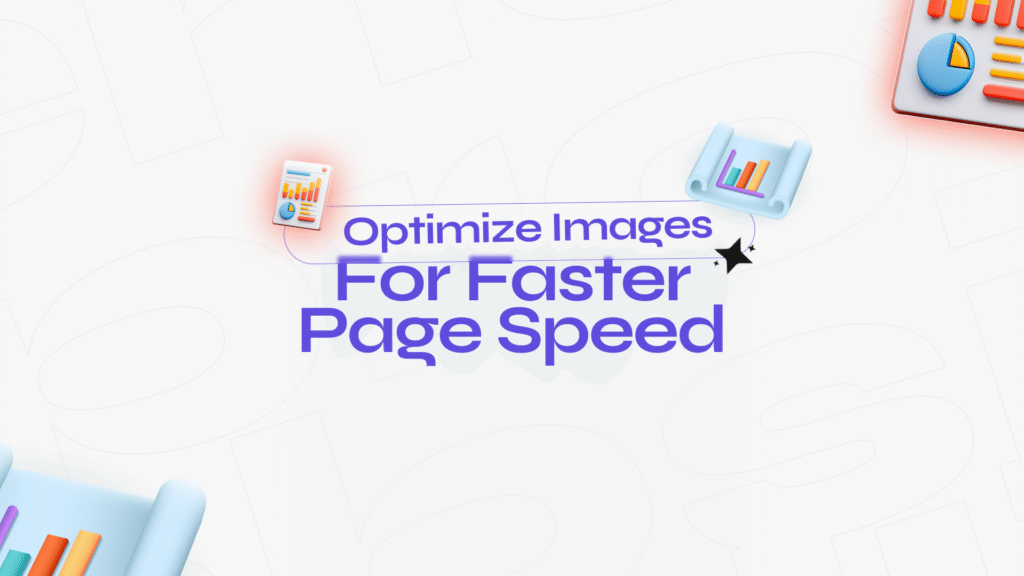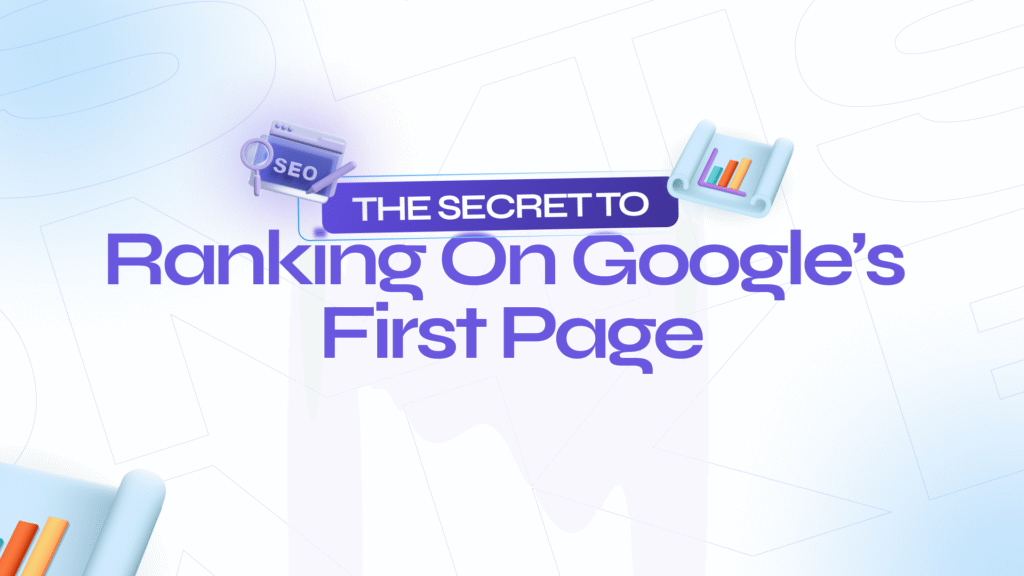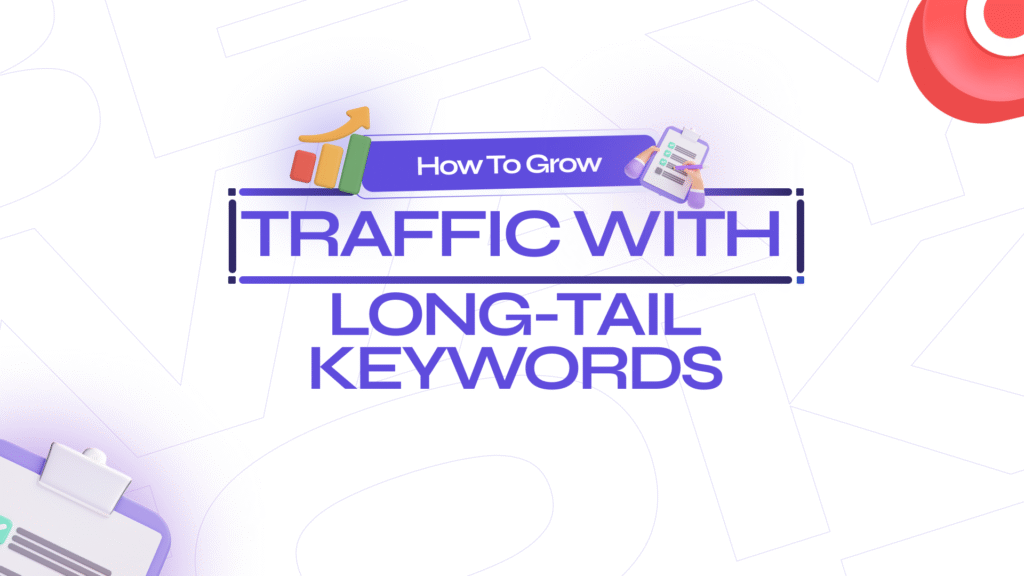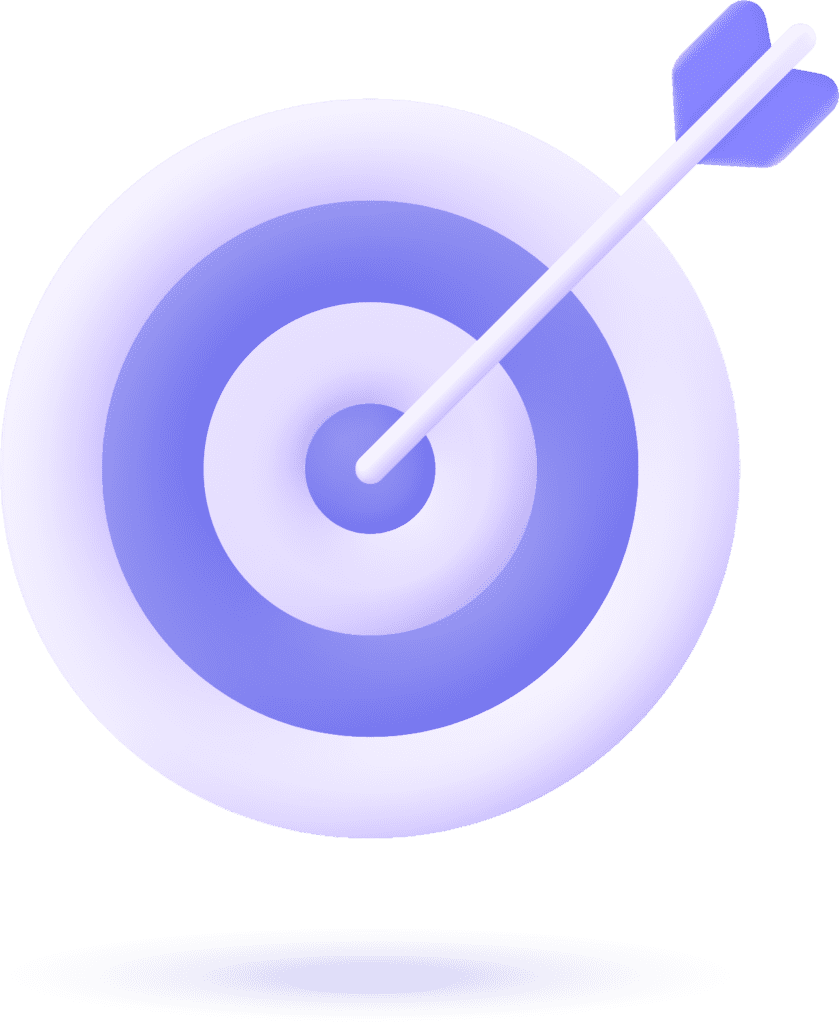When people visit a website, they want it to load fast. No one likes waiting. If a page takes too long to open, many visitors leave. This is bad for the user and bad for business. One of the biggest reasons a website becomes slow is large images. Big images take more time to load, and this slows the whole page.
At Agencify Digital, we help websites grow. A fast website gives a better user experience, gets more leads, and ranks higher on Google. Image optimization is one of the easiest and strongest ways to make a website fast. In this article, we will explain how to optimize images so your site loads quicker and performs better.
Why Images Slow Down Your Website
Images are often the heaviest part of a page. Even one large image can slow down the whole site. When a browser loads a page, it must download all the files. If the images are too big, the browser needs more time to finish the job.
Here are common reasons images slow down websites:
Image files are too large
Wrong file format is used
Too many images on the page
Images are not compressed
Images are not sized correctly
The server takes too long to deliver the images
These problems are simple to fix when you know what to do.
Why Fast Page Speed Matters
A fast site helps you in many ways. Google likes fast websites and ranks them higher. Users also like fast websites and trust them more.
Slow speed causes:
Higher bounce rate
Fewer sales
Less trust
Lower Google rankings
Fast speed helps:
Better user experience
More leads
More sales
Stronger SEO
Image optimization is one of the best ways to fix speed without changing the whole website.
Use the Right Image Format
Choosing the right format makes a big difference. Some formats are heavy, and some are light.
Best image formats for web speed:
WebP
This is the best format for most websites. It is light and keeps good quality. WebP images can be 30–80% smaller than JPG or PNG.
JPG
Good for photos. The size is smaller than PNG but larger than WebP.
PNG
Good for logos or images that need a transparent background. Not good for big photos because the file size is heavy.
SVG
Best for icons and simple graphics. These files load very fast and look sharp on all screens.
Choosing the right format can help cut load time by a lot.
Compress Your Images
Compression makes your image file smaller without losing quality. This is one of the most important steps.
There are two types:
Lossless compression: Keeps the same quality but reduces size a little.
Lossy compression: Reduces quality a bit but makes the file much smaller.
Most websites should use lossy compression because the difference in quality is very small, but the speed boost is big.
You can use many tools for compression:
TinyPNG
Squoosh
ShortPixel
Imagify
Photoshop “Save for Web”
This simple step makes your pages load faster instantly.
Resize Your Images Properly
You do not need a 4000-pixel image on a page that only shows it at 1200 pixels. Always resize images to the exact size you need.
For example:
A hero banner: 1200–1920px wide
Blog featured image: 1200px wide
Product images: 800–1200px wide
Do not upload images bigger than necessary.
Use Lazy Loading
Lazy loading tells the browser to load images only when the user scrolls to them. This helps speed up the page load because images that are far down the page do not load right away.
Most websites today use lazy loading because it gives a huge speed boost with very little work.
Use a CDN for Images
A CDN (Content Delivery Network) stores your images on servers around the world. When a user opens your page, the images load from the server closest to them.
This reduces load time and keeps your website fast for all users, no matter where they live.
Use Descriptive File Names and Alt Text
Image optimization is not only for speed. It also helps your SEO.
Good file names help search engines understand the image.
Example:
Bad: IMG_9922.png
Good: blue-running-shoes.png
Alt text helps Google read the image and helps users who use screen readers.
Example:
“A pair of blue running shoes on a white background.”
This small step can help you rank better.
Clean Up Unused Images
Many websites have old images that are no longer used. These files take space and make backups heavier. Removing unused images helps keep your website clean and fast.
Why This Matters for Your Business
Image optimization is simple but powerful. When done right, it can improve:
Page speed
SEO
User experience
Trust
Conversions
Sales
Fast websites make people happy. Slow websites make people leave.
At Agencify Digital, we focus on real results. This is why we always include image optimization when we work on your website or SEO plan. Small changes like these can bring big improvements.
Final Thoughts
Optimizing images is one of the easiest ways to speed up your website. By choosing the right format, compressing images, resizing them, using lazy loading, and cleaning unused files, your site will load faster and perform better.
A fast site helps you win more leads and build a stronger online presence.
If you want help making your website lighter and faster, the Agencify Digital team is here to guide you.

